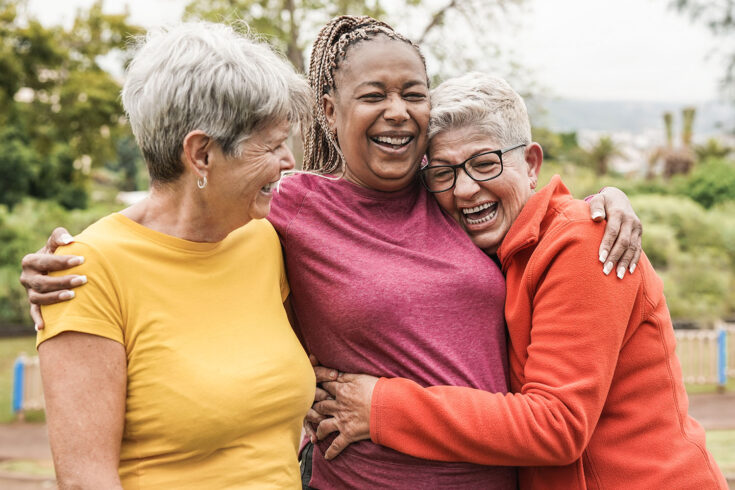There are services available to make adaptations for older people who wish to continue living at home. However, there is little evidence demonstrating the effectiveness of these services at reducing the amount of falls that older people experience.
Health Data Research UK (HDR UK) researchers have created a new dataset to study fall outcomes following home adaptation interventions. This has shown that these interventions are indeed effective while identifying the population that are more likely to have falls.
The work, published in 2022, strengthens the evidence base for providing falls prevention services and could lead to policy implications for providing these interventions pro-actively.
UK Research and Innovation is a major funder of HDR-UK.
Falls are a common cause of death for older people
Falls in older people can have devastating consequences, and have significant financial impact, costing the NHS more than £2.3 billion per year. A third of people over 65, and half of people over 80, fall at least once a year, and it is the most common cause of death from injury in the over 65 age group.
However, as many older people prefer to remain living in their own homes for as long as possible, home adaptation services could be used to make continuing to live at home safer and more comfortable. These include modifications such as:
- fitting in a stairlift
- adding a bath lift or a grab-rail for the shower
- widening doorways
- lowering kitchen countertops
- installing an outdoor ramp
However, until now there has been no evaluation of these adaptations to see if they indeed reduced the falls experienced by older people.
Research has examined what difference home adaptations can make
To check if these adaptations make a difference, HDR UK researchers created a dataset to study fall outcomes following home adaptation interventions. To do this, they looked at older people who had been supported by Care and Repair Cymru (C&RC), a charity in Wales that provides home adaptation services.
The team looked at electronic health records of over 600,000 older people in Wales, of whom 120,000 had received a home adaption service. Over the period covered by the data, they analysed if a fall occurred at home that required an emergency department or hospital admission.
The results, published in 2022, showed that the people who used C&RC were almost twice as likely to have a fall compared to the control group. This demonstrates that C&RC reaches those who are at higher risk, many of whom had a fall just before using the service.
Influence on future policy
After the home adaptation, falls of C&RC clients decreased by 3% per quarter. The study also found that falls were more likely in people who were older, frailer, living in more deprived areas and female. The data may inform targeting this population proactively to reduce falls.
The team is studying the data further to understand the effects of the local environment on fall risks. The team hope that it can influence policy to provide home adaptation interventions proactively for older people living at home.

